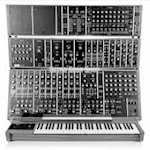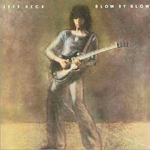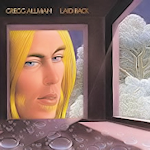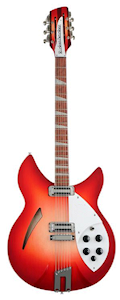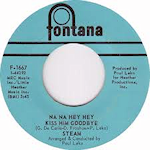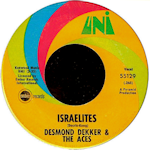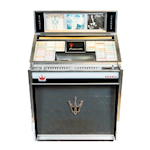
The Rock-Ola Jukebox is an iconic symbol of American popular culture and a key player in the history of the music industry. Many from the late 1950s onward might assume the name was chosen due to the popularity of rock music. Actually, the Rock-Ola Corporation was founded by David C. Rockola in 1927 and initially manufactured coin-operated scales and gambling machines. In 1935, the company entered the jukebox market and quickly became one of the leading manufacturers in the industry.
The first Rock-Ola jukebox, the Model A, was introduced in 1935 and featured a wooden cabinet and a rotating record mechanism that could hold up to 24 78-RPM records. The Model A was followed by a series of increasingly sophisticated models that incorporated new technologies such as magnetic pickups, stereo sound, and automatic record-changing mechanisms.
During the 1940s and 1950s, Rock-Ola jukeboxes became synonymous with the golden age of American popular music. The company's designs reflected the aesthetic of the era, with colorful neon lighting, chrome trim, and sleek lines. In addition to playing the latest hit songs, Rock-Ola jukeboxes also provided a social gathering point for teenagers and young adults, who would gather around the machines to dance and socialize.
In the 1960s, the popularity of jukeboxes began to wane as radio and television became the dominant forms of entertainment. However, Rock-Ola continued to innovate, introducing new models that could play both 45-RPM singles and 33-RPM albums, as well as offering custom designs for corporate clients and collectors.
Today, Rock-Ola remains one of the few companies still producing jukeboxes, with models that pay tribute to the classic designs of the past while incorporating modern technology such as digital music storage and Bluetooth connectivity. The enduring popularity of the Rock-Ola jukebox serves as a testament to the enduring appeal of both the music and the machine itself.
Jukebox trivia: On mechanical jukeboxes, when a customer made a song choice by pressing a combination of buttons, the mechanism would traverse a channel with moveable metal pins set in it, one for each side of a record. The metal pin for the chosen song would be extended so that when the record selection mechanism encountered it, it would stop there and move the record from its storage slot out onto the turntable, with the side for the chosen song facing up. It would also press the metal pin back to its original position. If, however, a second customer happened to choose the same song before the record containing it played, the selection mechanism would still go through the motion to extend the pin for that song, even though it was already extended. Customers were none the wiser, not realizing another customer had also paid to hear the same song, and the jukebox operator could count the duplicate selection as pure profit.

